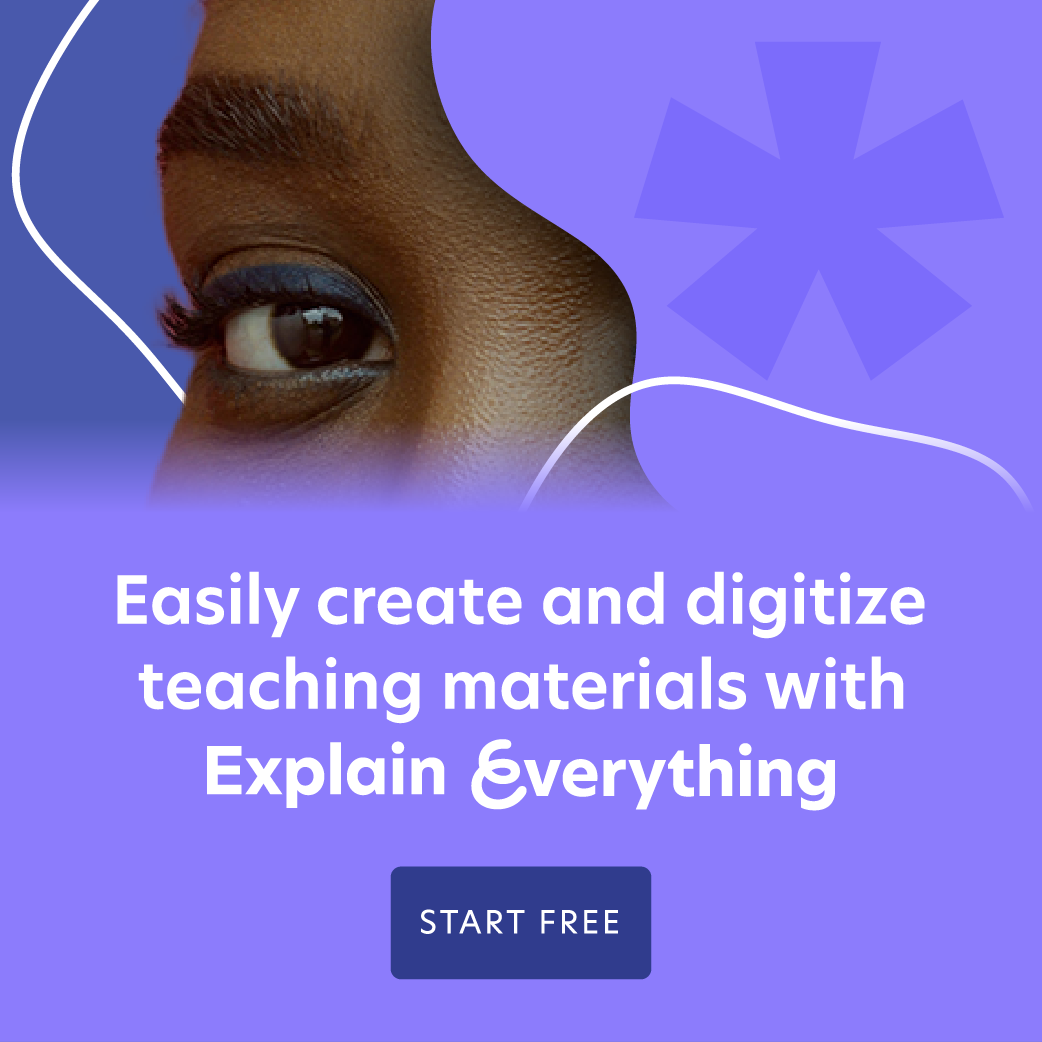Engaging math lessons with Michelle Williams

Table of Contents
Meet Michelle Williams, a truly ignitED educator whose job is to help students who are struggling with learning math. Michelle bridges gaps, not only in special needs students’ understanding processes, but also between where underperforming schools are and where they would like to be. The way she sees it, the use of technology is essential to supporting the learning of underprivileged students. Read on to find out why.
Technology in the service of engaging students when teaching math
Michelle’s job is to intervene with effective strategies for teaching math to either special education and Section 504 students or below grade level learners.
“I got frustrated when I realized that some 5th grade learners I had were not independent thinkers – they just followed instructions, hanging on to their teacher’s every word.”
Michelle started looking into flipping her classroom by providing instructions ahead of her lessons in the form of videos, and then spending lesson time supporting students in the practical application of what they’d learned. By introducing some education technology to her students step by step, she was able to put them at the top of the cohort in test prep.
“We often underestimate what underprivileged kids can do. But if you introduce them to technology the right way and give them a chance, they rise to the occasion – despite gaps in socio-economic status.”
Michelle emphasizes that it’s not always been “rainbows and lollipops”, though – she’s worked with schools underperforming to the point that they were slated to be taken over by the state. Several years before almost anyone took introducing tech to the classroom seriously, Michelle visited a school in one such community with her Chromebook. Looking back, she recalls being so frustrated with the conversation that she almost packed up her device and left. It was her inner sense of mission to make learning easier for the kids at that school that kept her going, and she did not let up until the principal agreed to give ed-tech a try.
Find out some scientific reasons to use a digital whiteboard to teach and learn.
Listen to Michelle talking about how important learning ownership is and how tech can help achieve it:
The importance of technology in the classroom
“The school started out having three old computers per classroom. No wonder the kids were disengaged. We needed the technology to get their attention.”
Unfortunately, some schools can’t afford the technology necessary to change the paradigm. This particular school somewhat lucked out when Hurricane Harvey prompted donors to donate an entire class’ worth of Chromebooks. And so its adventure with ed-tech began in earnest.
See how you can use the Explain Everything whiteboard on Chromebooks.
In her talks with both that school and any others she works with, Michelle emphasizes that technology is not here to supplant teaching, but rather supplement it. That first school she visited did not even have enough human capital to do what was needed to improve students’ results. Introducing Chromebooks allowed the 70% of kids working below grade level to become more independent and teachers to focus more of their time on smaller groups of students who were having a harder time. All of them eventually became proficient Chromebook users, some even teaching each other. The results of this small-scale implementation of technology were impressive enough to persuade the principal to get Chromebooks for the entire school.
Get creative with technology across curriculum.
Listen to Michelle talking about the importance of using technology in the classroom and its benefits:
Getting students’ attention with technology to support math lessons
Michelle does admit that technology used the wrong way can be – and is – a distraction in the classroom. But the truth is that most students bring their personal mobile devices into class anyway, and will spend the entire lesson glued to their screens if not engaged by their teacher. So, as she puts it: if you can’t beat them, join them! Better students be looking at their phones to solve an equation than play games. Long story short, using tech in the classroom simply makes competing for students’ attention easier.
“My iPad redirects their attention from their phones and focuses it on me and what we’re doing in class. I use a 12.7” iPad Pro. Some kids have never seen such a big tablet, so obviously they’re interested in what’s going on when I’m walking around the class while giving instructions that simultaneously pop up on their screens or the OHP. They’re like, how did she do that? All of this also gets them talking about what we are doing.”
Find out some more student engagement strategies.
Not one to sugarcoat, Michelle makes sure that her students understand that they are the recipients of innovation, not the innovators themselves, though they certainly have the potential to be. To be an innovator, she tells them, you have to be a free thinker, try things and fail, use your imagination. And that’s hardly what’s going on when they spend hours scrolling through TikTok! Bringing technology into the classroom and exposing students to it gets them thinking about what could be. And that’s a wonderful place to start.
See why educational technology is so important and how it helped when schools got closed.
Listen to Michelle talking about the need to use technology to get students’ attention:
Watch the whole conversation about teaching math with tech
Interested in the whole story? Sign up for free and get the recording of the entire conversation, where Michelle goes into more detail and demonstrates some of her class engagement strategies.
Sign up!
See more stories from educational experts.

Michelle Williams was interviewed by Anastasia Procner – Explain Everything Online Instruction Specialist, ESL Instructor and Psychology student.

